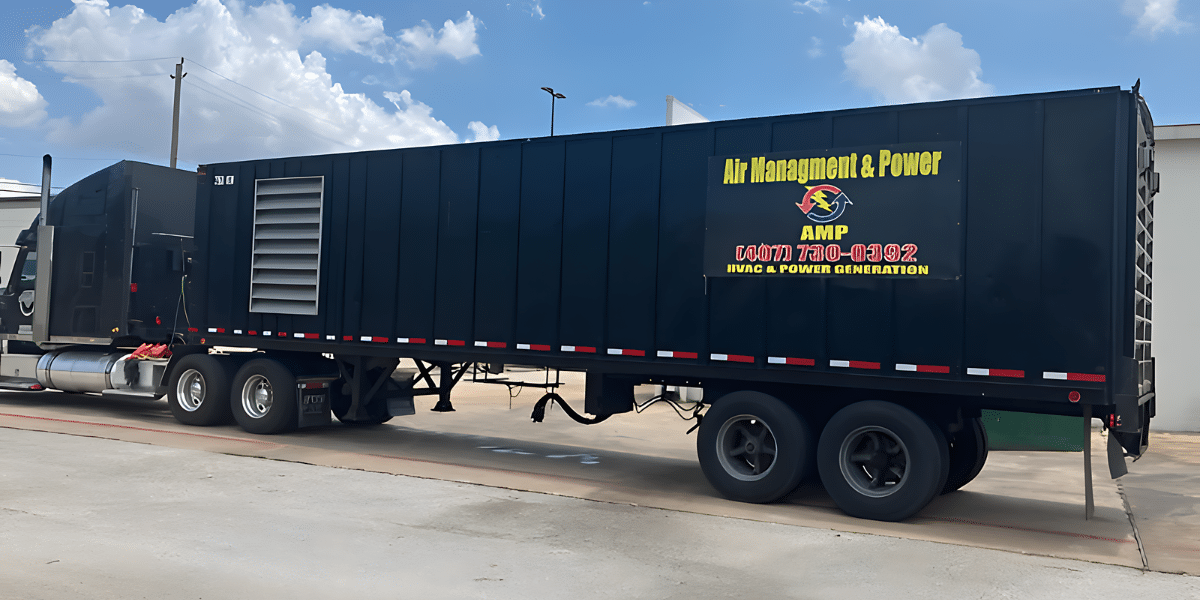Image Commercially Licensed From: Unsplash
In the ever-evolving world of logistics, sustainability has become a critical focus, with eco-friendly packaging emerging as a key area of innovation. As businesses strive to reduce their environmental footprint, sustainable packaging solutions are becoming increasingly important. Industry leaders like Kevin Brandes, President and Owner of Cargo Quotes, are recognizing the pivotal role these solutions play in shaping a more sustainable future for logistics. This article explores the latest trends and innovations in eco-friendly packaging, highlighting how they contribute to sustainable logistics.
Understanding the Shift Towards Sustainable Packaging
The shift towards sustainable packaging is driven by growing environmental concerns, changes in consumer preferences, and evolving regulatory landscapes. Businesses are under increasing pressure to reduce waste, lower carbon emissions, and adopt practices that are kinder to the planet. Sustainable packaging solutions offer an effective way to meet these challenges, providing an opportunity for companies to demonstrate their commitment to environmental stewardship.
Trends in Eco-Friendly Packaging
- Biodegradable and Compostable Materials: There’s a growing trend in using materials that break down naturally without leaving harmful residues. This includes plant-based plastics, biodegradable polymers, and compostable materials like cornstarch and mushroom packaging.
- Recycled and Recyclable Materials: Utilizing recycled materials for packaging reduces the need for virgin resources. Equally important is designing packaging that can be easily recycled, thus ensuring it remains within the circular economy.
- Minimalist Packaging: Reducing packaging materials not only cuts down waste but also minimizes the carbon footprint associated with production and transportation. Minimalist packaging designs are becoming increasingly popular, focusing on the essentials without excess.
- Edible Packaging: An innovative approach to sustainability is edible packaging. Made from natural, edible materials, this type of packaging is consumed with the product, leaving no waste behind.
- Reusable Packaging: Reusable packaging systems are gaining traction. These systems encourage consumers to return or reuse packaging, significantly reducing the amount of single-use packaging waste.
Innovations in Eco-Friendly Packaging
- Plantable Packaging: An innovative concept gaining popularity is plantable packaging, made with seeds embedded in biodegradable materials. After use, the packaging can be planted to grow into plants or flowers.
- Smart Packaging: Integrating technology, smart packaging can improve the sustainability of products. For example, packaging with built-in freshness sensors can reduce food waste by providing accurate information on product quality.
- Water-Soluble Packaging: Water-soluble packaging, often used in detergent pods, is an emerging trend. This type of packaging dissolves completely in water and is biodegradable, leaving no trace behind.
- Mushroom-Based Packaging: Mushroom-based packaging uses mycelium, the root structure of mushrooms, to create a compostable and biodegradable packaging material. It is a sustainable alternative to polystyrene and plastics.
- Algae-Based Packaging: Algae-based materials are being explored for their potential in packaging. Algae grows quickly and doesn’t compete with food crops for land, making it a sustainable resource.
The Role of Industry Leaders
Kevin Brandes and his company Cargo Quotes exemplify how industry leaders can drive change in sustainable logistics. By adopting and promoting eco-friendly packaging solutions, they not only minimize their environmental impact but also set a benchmark for the industry.
Overcoming Challenges
Transitioning to sustainable packaging is not without its challenges. These include higher costs of eco-friendly materials, limited availability of some sustainable options, and the need for consumer education about proper disposal and recycling practices. Overcoming these challenges requires collaboration between manufacturers, businesses, and consumers, as well as investment in research and development to make sustainable packaging more accessible and cost-effective.
The Future of Sustainable Packaging
Looking ahead, the future of eco-friendly packaging in logistics is bright. As technology advances and consumer demand for sustainable options grows, we can expect to see even more innovative solutions. There is also a potential for regulatory shifts that could further encourage the adoption of sustainable packaging practices across the industry.
Conclusion
Eco-friendly packaging solutions represent a crucial step towards more sustainable logistics practices. Innovations in materials and design are enabling businesses to reduce their environmental impact while meeting consumer and regulatory demands. Industry leaders like Kevin Brandes play a pivotal role in this transition, demonstrating the feasibility and benefits of sustainable packaging solutions. As we look to the future, continued innovation and collaboration will be key to advancing these eco-friendly initiatives and building a more sustainable logistics industry.






